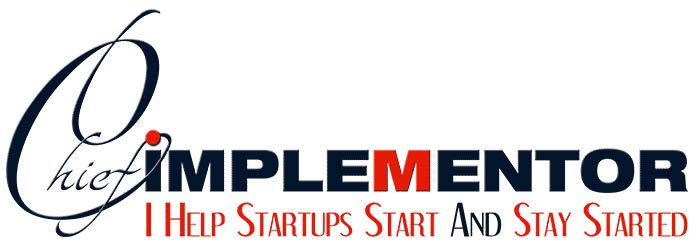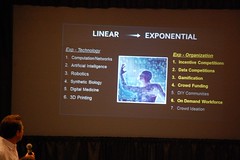Leadership is vital for any organization’s sustained success. A great leader at top makes a big difference to his or her organization. Everyone will concur with these statements. Experts in human resources field mention the importance of leaders at all levels, and not just that of the leadership at the top. Rightly so. It is not without reason that companies like 3M, Proctor & Gamble, GE, Coca Cola, HSBC etc. have known to put in place processes for developing leaders continuously.
Mention this subject, however, to a line manager, or to a sales manager, or any executive in most organizations and you will probably deal with diffident responses.
Leadership development -a strategic need?
The subject of leadership is dealt with in a general way by many organizations. Leadership is usually understood in terms of personal attributes such as charisma, communication, inspiration, dynamism, toughness, instinct, etc., and not in terms what good leaders can do for their organizations. Developing leaders falls in HR domain. Budgets are framed and outlays are used with indicators like training hours per employee per year. Whether the good intentions behind the training budgets get translated into actions or not, is not monitored.
Such leadership development outlays, that are based on only good intentions and general ideas about leadership, get axed in bad times and get extravagant during good times. If having great or good leaders at all levels is a strategic need, as the above top companies demonstrate and as many leading management experts assert, why do we see such a stop and go approach?
Why is there skepticism about leadership development programs?
The first reason is that expectations from good (or great) leaders are not defined in operative terms and in ways in which the outcomes can be verified.
Leaders are expected to ‘achieve’ many things. They are expected to turn laggards into high performers, turn around companies, charm customers, and dazzle media. They are expected to perform miracles. These expectations remain just wishful thinking. These desired outcomes can not be used to provide any clues about gaps in leadership skills and development needs.
Absence of a comprehensive and generic (valid in diverse industries and conditions) framework for defining leadership means that leadership development efforts are scattered and inconsistent in nature. Inconsistency gives bad name to leadership development programs. This breeds cynicism (these fads come and go….) and resistance to every new initiative. This is the second reason why the objectives of leadership development are often not met.
The third reason is in the methods used for leadership development. Leadership development programs rely upon a combination of lectures (e.g. on subjects like team building, communications), case studies, and group exercises (problem solving), and some inspirational talks by top business leaders or management gurus.
Sometimes the programs consist of outdoor or adventure activities for helping people bond better with each other and build better teams. These program generate ‘feel good’ effect and in some cases participants ‘return’ with their personal action plans. But in majority of cases they fail to capitalize on the efforts that have gone in. I must mention leadership coaching in the passing. In the hands of an expert coach a willing executive can improve his leadership skills dramatically. But leadership coaching is too expensive and inaccessible for most executives and their organizations.
Leadership -a competitive advantage
During my work as a business leader and later as a leadership coach, I found that it is useful to define leadership in operative terms. When leadership is defined in terms of what it does and in terms of capabilities of a person, it is easier to assess and develop it.
When leadership skills defined in the above manner are present at all levels, they impart a distinct capability to an organization. This capability gives a competitive advantage to the organization. Organizations with a pipeline of good leaders have competitive advantages over other organizations, even those with great leaders only at the top. The competitive advantages are:
1. They (the organizations) are able to solve problems quickly and can recover from mistakes fast.
2. They have excellent horizontal communications. Things (processes) move faster.
3. They tend to be less busy with themselves . Therefore they have ‘time’ for outside people. (Over 70% of internal communications are about reminders, error corrections etc . They are wasteful)
4. Their staff (indirects) productivity is high. This is one of the toughest management challenges.
5. They are good at heeding to signals related to quality, customer complaints, shifts in market conditions and customer preferences. This leads to good and useful bottom-up communication. Top leaders tend to have less number of blind spots in such organizations.
6. It is easier to roll out programs for strategic shift and also for improving business processes (using six sigma, TQM, etc.). Good bottom-up communications improve top-down communications too.
7. They require less ‘supervision’, since they are strongly rooted in values.
8. They are better at preventing catastrophic failures.
Expectations from good and effective leaders should be set out clearly. The leadership development programs should be selected to develop leadership skills that can be verified in operative terms. Since leadership development is a strategic need, there is a need for clarity about the above aspects.
Hemant Karandikar advises companies on business & brand strategy, on business transformation, and for achieving breakthroughs in business processes. He leverages this expertise in product creation projects for companies along with his design associates. He coaches business leaders and executives for developing leadership skills. Hemant founded Exponient Consulting and Learning Leadership.







